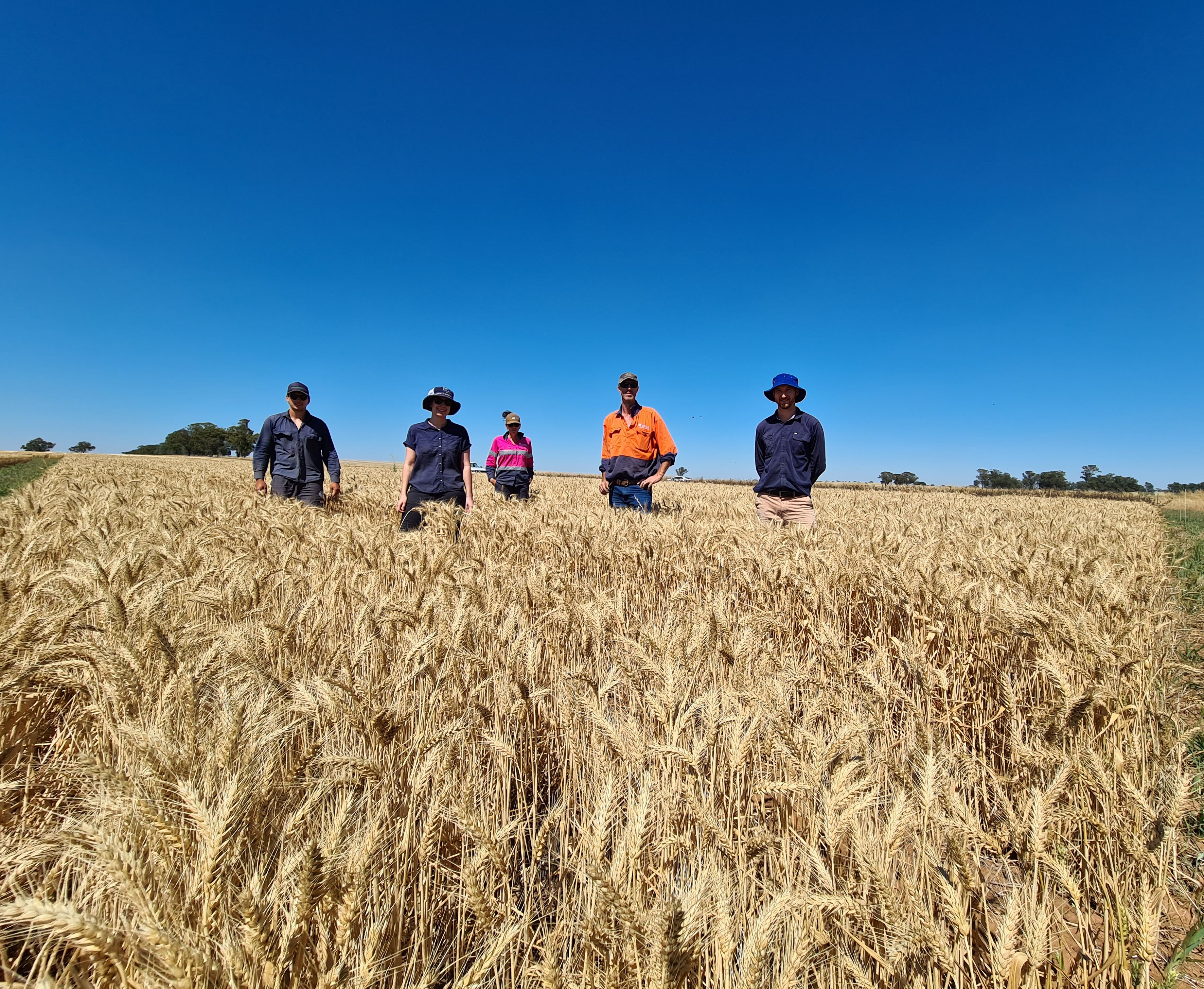Dual banding of phosphorus fertiliser has potential to substantially improve availability and uptake of phosphorus for crops
Phosphorus is one of the most important and often limiting nutrients in agricultural production throughout Australia. Fertiliser inputs are often the largest single variable costs for grain production and as a result it is critical that nutrient use efficiencies are optimised in order to maximise the sustainability and profitability of farming systems.
Crop phosphorus use efficiency is frequently low, with just three to 30 per cent fertiliser phosphorus recovery in the year of application.
Factors contributing to low phosphorus use efficiencies include the immobile nature of phosphorus and the stratification of phosphorus close to the soil surface as a result of the long-term repeated shallow banding of phosphorus fertilisers, and reduced mixing due to no-till systems. Phosphorus is effectively unavailable for uptake into the crop if soil moisture is low, even in phosphorus-rich surface soil.
Potential opportunities
One strategy to improve phosphorus use efficiency is the split placement of phosphorus fertiliser in shallow (zero to 10 centimetres) and deep (20 to 30cm) soil to capitalise on stored soil moisture at depth. This strategy may improve the availability of phosphorus and prolong uptake during the growing season.
This approach has proved effective in Queensland and northern NSW, where winter rainfall is unreliable and crops are more reliant on stored soil moisture. Phosphorus reserves in these deeper layers of the soil are also naturally very low in south-eastern Australia and adding phosphorus fertiliser to those layers should encourage better root proliferation, leading to improved nutrient and water uptake.
The NSW Department of Primary Industries is leading a four-year GRDC investment to examine phosphorus use with project partners CSIRO Agriculture & Food, the South Australian Research and Development Institute, Agriculture Victoria, the University of Adelaide and Agronomy Solutions.
The aim of the project is to reduce the number of days where the crop experiences ‘phosphorus stress’ – days where phosphorus uptake is limited by poor soil supplies or insufficient soil water –during the growing season.
The project will test the hypothesis that splitting the application of phosphorus banding between shallow and deep soil layers will reduce the number of phosphorus-stress days compared to shallow placement alone. Reducing the number of phosphorus-stress days is expected to improve phosphorus uptake and increase crop performance compared to shallow placement of phosphorus.

Standing in plots of mature wheat at French Park, NSW, in 2020 are NSW Department of Primary Industries staff Chris Leywood, Dr Stephanie Watts-Fawkes, Kelly Fiske, Russell Pumpa and Mathew Dunn. Photo: Dr Ehsan Tavakkoli
Testing options
The first activity undertaken by the project team was to model the effect that soil type and rainfall patterns may have on shallow (zero to 10cm) and deep (20 to 30cm) soil moisture. This process has identified situations where deeper phosphorus banding strategies are more likely to be advantageous.
Pre-experimental modelling simulated soil-water dynamics in a diverse range of soils across a range of rainfall distributions from southern NSW, Victoria and South Australia using long-term climate records. The analysis indicated that the number of potential phosphorus-stress days could be reduced with split shallow/deep phosphorus placement, but was dependent on soil type and rainfall distribution.
Four field experiments have been established and sown to predominantly wheat in 2020 to test shallow-banded (zero to 10cm) phosphorus fertiliser against dual placement (shallow-banded zero to 10cm and deep-banded 20 to 30cm) across a range of locations and crop types. The experimental sites are located at:
- Merriwagga, NSW (wheat);
- French Park, NSW (wheat);
- Wallup, Victoria (lentils); and
- Brinkworth, SA (wheat).
Further studies in 2021 will compare the response of different crop species, such as pulses and canola, to shallow and deep phosphorus fertiliser as well as the interaction between soil water and phosphorus availability in the soil surface and subsurface.
More information: Dr Stephanie Watts-Fawkes, 0438 759 252, stephanie.watts-fawkes@dpi.nsw.gov.au

























































